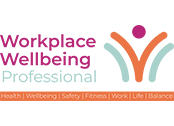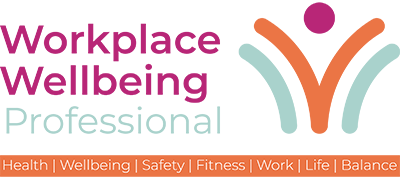Low-risk sectors are taking safety for granted, according to the latest findings from leading health and safety experts, RRC International.
Despite the earned reputation of being traditionally dangerous, sectors like construction, mining and quarrying are currently outperforming administrative and office-based industries when it comes to non-fatal workplace accidents and injuries.
Couriers and postal workers, residential carers, and those working in accommodation, arts and entertainment all suffered a higher rate of non-fatal injuries than the entire construction sector in 2022/23, data shows.
Provisional HSE data reviewed by health and safety training experts RRC International, seems to show non-fatal injuries were more frequent per 100,000 workers in office administrative, office support and other business support activities in 2022/23, than in mining and quarrying.
Similarly, workers in jobs in printing and the reproduction of recorded media suffered a higher rate of non-fatal injuries than those manufacturing chemicals and chemical products.
Education careers were more dangerous in terms of non-fatal injuries in 2022/23 than electricity, gas and air conditioning supply jobs and the manufacture of electrical equipment, and, shockingly, librarians and archivists were more likely to hurt themselves at work than manufacturers of basic pharmaceutical products and pharmaceutical preparations.
Richard Stockley, Managing Director of RRC, feels this data reveals a surprising underestimation of health and safety measures among office workers, who seem to overlook the importance of these precautions in their daily work environments. He contrasts the perceived risks of working in physically demanding sectors such as construction, manufacturing, mining, and quarrying with the seemingly less hazardous realms of office administration and postal services.
Despite the higher incidence of severe or fatal injuries in the former, Stockley points out the alarming rate of accidents occurring in sectors like printing, which unexpectedly surpasses that of industries dealing with daily exposure to hazardous chemicals and heavy machinery.
Stockley concludes:
The reality is, there’s always a degree of risk in any workplace, and while this risk is low-level in many office jobs, it could easily be addressed. Improving safety means reduced risk of injuries, which will ultimately translate into a healthier, more productive workforce that can better focus on the task at hand.
Richard Stockley, Managing Director of RRC
Joanne is the editor for Workplace Wellbeing Professional and has a keen interest in promoting the safety and wellbeing of the global workforce. After earning a bachelor's degree in English literature and media studies, she taught English in China and Vietnam for two years. Before joining Work Well Pro, Joanne worked as a marketing coordinator for luxury property, where her responsibilities included blog writing, photography, and video creation.



